
It’s worth the effort to find out what happened
Beef 911: Autopsies can provide very valuable information you can use to enhance preventive medicine protocols
Ways to reduce incidence of navel ill
You need to pay close attention to this costly problem and take steps to reduce it
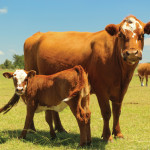
When the need arises, fetotomy is the best solution
The goal is always to protect the cow from further trauma and hopefully give her many more productive years
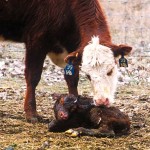
Calving problems are decreasing
Vets aren’t called out during calving as often as they used to be, but producers need to know when to call for backup
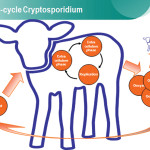
Crypto presents a number of challenges for vets and producers
These protozoa are difficult to detect so vigilance is needed to spot and deal with outbreaks

Watch for newer respiratory pathogens
Beef 911: Corona virus and B. trehalosi bacteria aren’t always easy to spot

Preventing negative side-effects of vaccinations in cattle
Beef 911: Vaccinating is a great tool, but producers need vaccination protocols and should be ready to deal with their negative effects
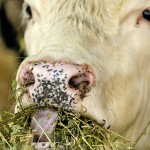
Ways to reduce the risk of bloat when pasturing on alfalfa
Beef 911: Producers can take steps to reduce the risk through management and preventive products
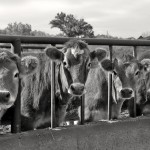
Sick cattle: When to treat, call the vet, or pull the plug
Make an informed decision, but do it sooner rather than later
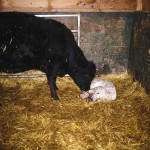
A full breech birth is a dangerous situation
Beef 911: Cows with a history of twins more likely to have a full breech birth

